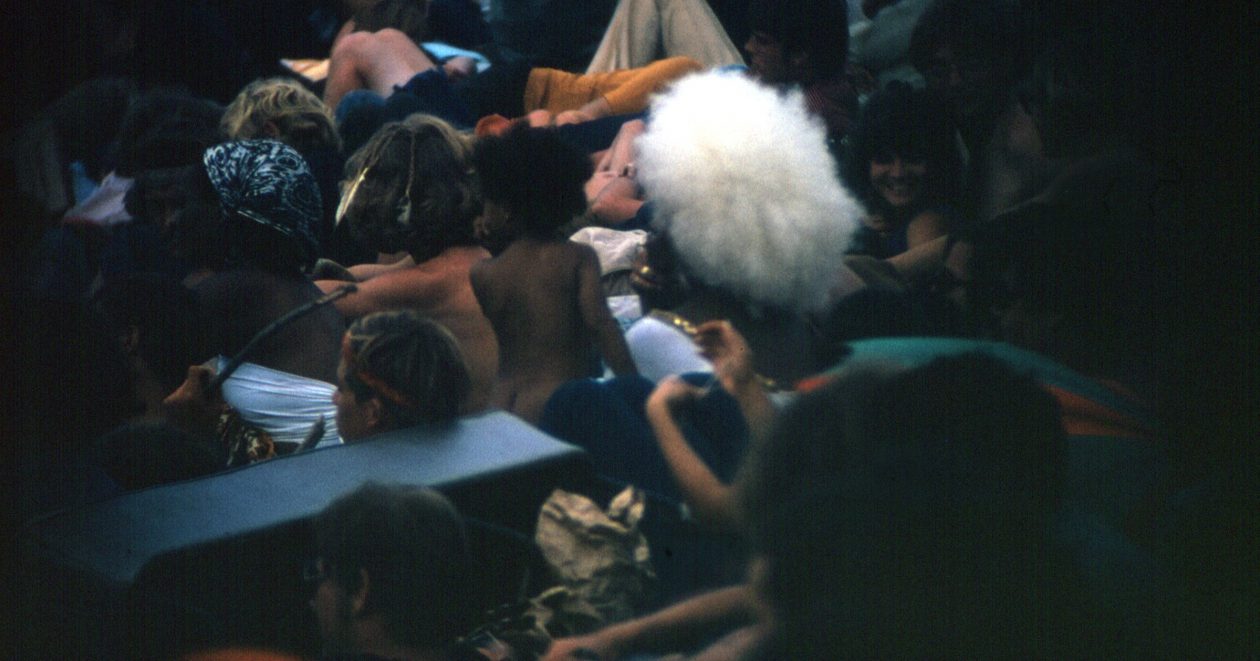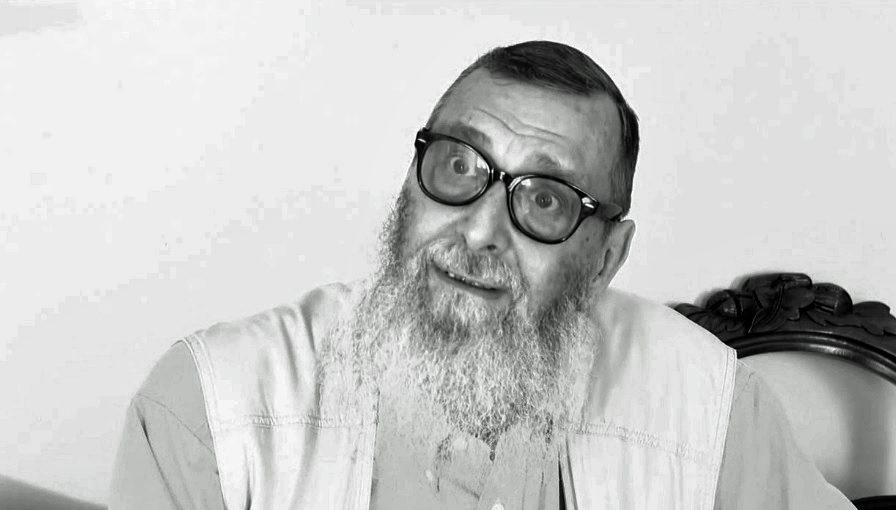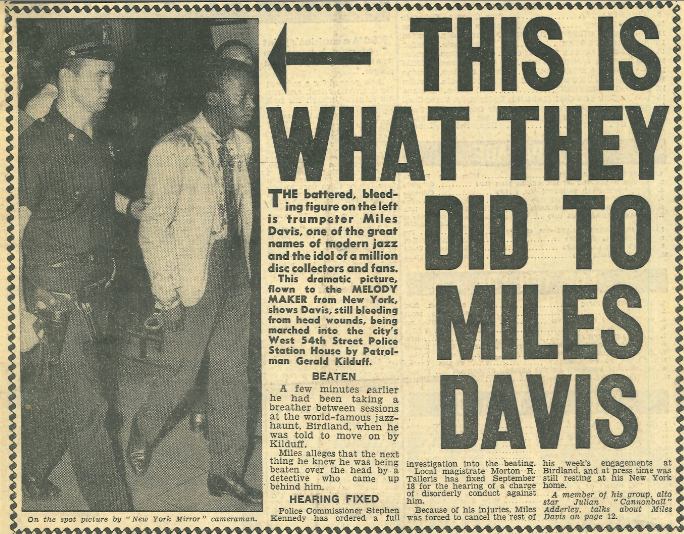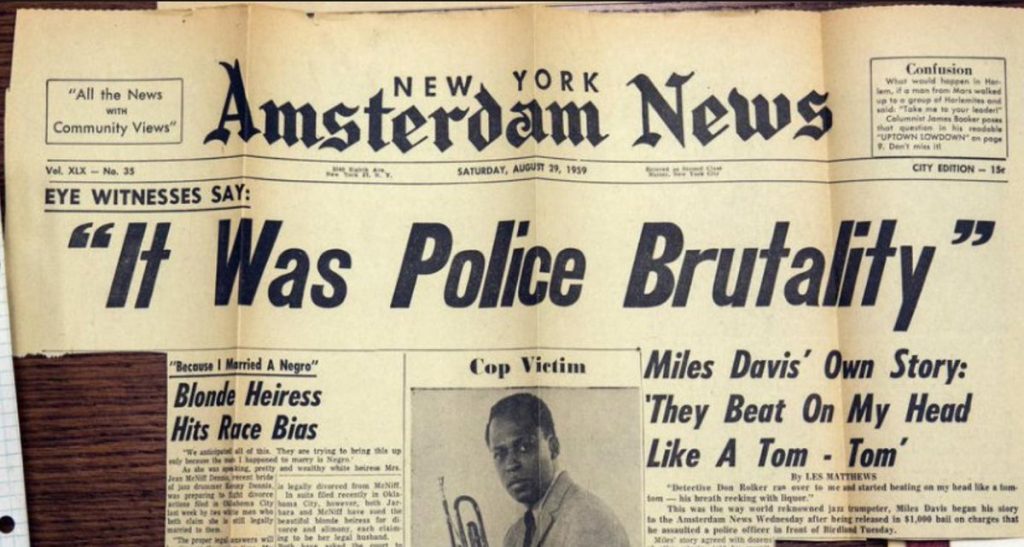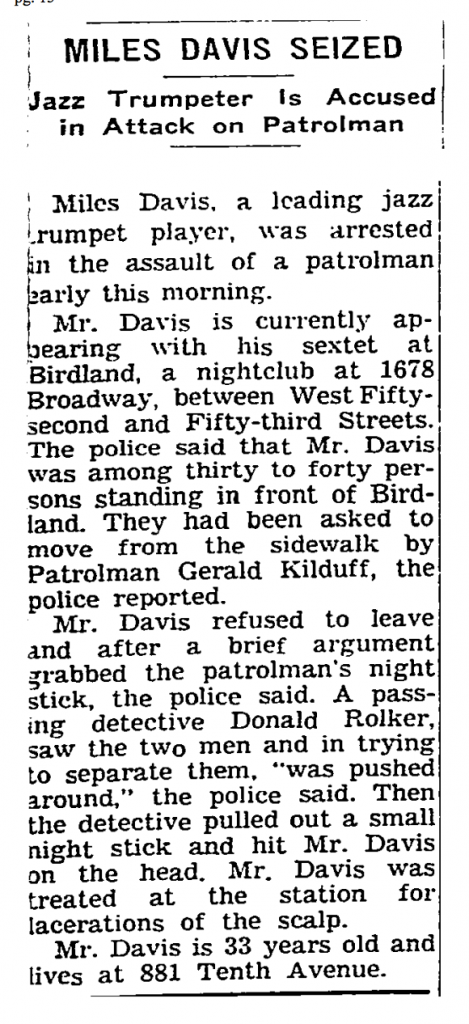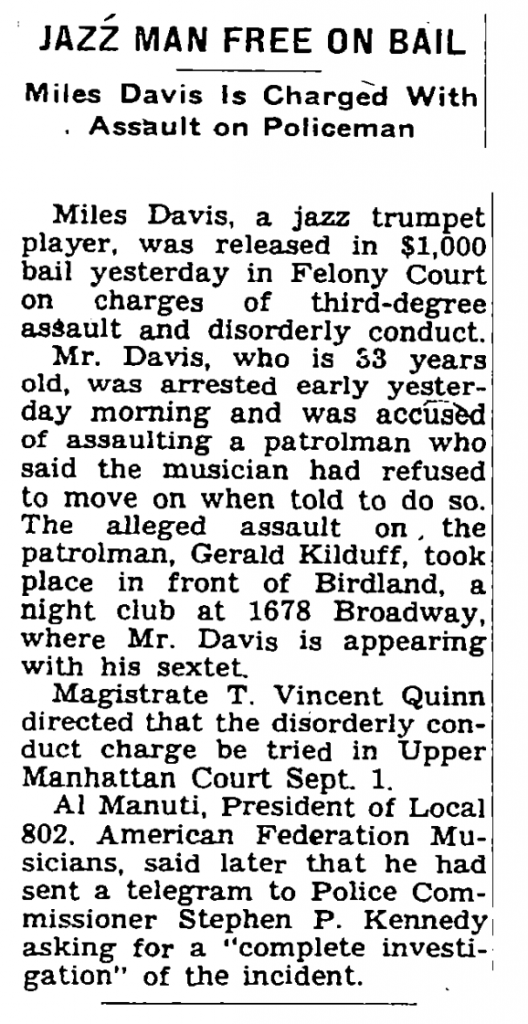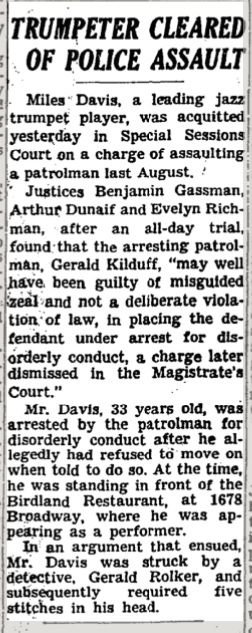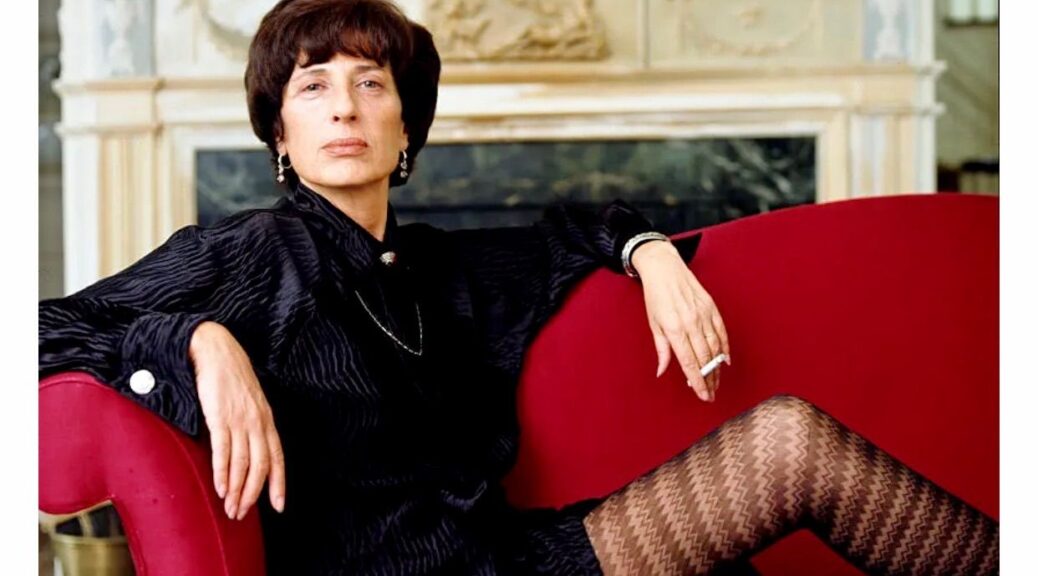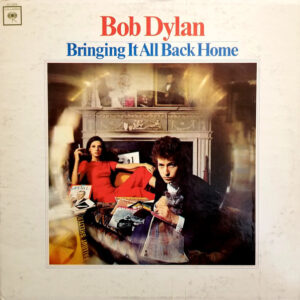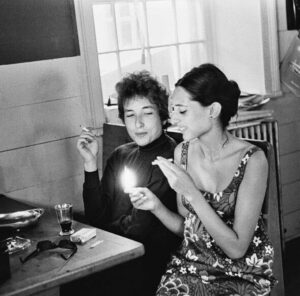Woodstock Bill Chelf
“We had one rehearsal and it really wasn’t enough. I didn’t think it would be a big deal anyway. I’m trying to remember if there’s been concerts before that with that many people, I don’t know if there had been.”
Featured image and above quote is from a brief 2019 WBKO News broadcast… https://www.wbko.com/content/news/Bowling-Green-man-remembers-playing-at-Woodstock-550437841.html
Bill Chelf played keyboards with Tim Hardin at the Woodstock Music and Art Fair. It is interesting to me not because Hardin had a keyboardist, but because Hardin had six other people in his band besides himself. If you are familiar with Hardin’s work , you already know that it is beautifully simple and hardly needs accompaniment.
In any case, Bill Chelf, like most Woodstock performers has had an interesting path.
Woodstock Bill Chelf
Woodstock?
In the above referenced WBKO News broadcast, Chelf says that he didn’t realize how big the Fair would be. Like many covering the Woodstock event, the name and the place were confusing. There is a town in Ulster County, NY called Woodstock and it is the inspiration for the name of the Fair, but it took place in Bethel, NY.
Woodstock Bill Chelf
Kaleidoscopic Career
The THIS Bill Chelf google site had this to say: With a kaleidoscopic career spanning over fifty years, he’s played churches to honky tonks. Bill Chelf (THIS) played Woodstock (’69) and Carnegie Hall with singer/ songwriter Tim Hardin. Recording sessions in New York and Nashville encompassed a wide cross section of bands and singers. An album,”Teachers”, was made with jazz giant James Moody. A year was spent playing with Charlie Daniels. A somewhat different venue included performing and recording with prominent New York poet Barry Wallenstein.
Ten years were spent in Bermuda’s major resort hotels. With the Ghandi Burgess Orchestra Bill backed internationally renowned entertainers such as Gordon McCrae, Helen O’Connell, Helen Forrest, Frieda Payne, Johnny Desmond, Don Cornell, Julius LaRosa, the Drifters and more. Lately, Bill has been at sea performing extensively with the Norwegian and Royal Carribbean Cruise Lines, singing and playing with showbands, as a single and also with his trio.
His quartet, Jazz & Jam On Whole Wheat, performed for over 13 years at Windows On The Cumberland in the historic Market Street District of Nashville,TN. In 1998 he joined Henry Cuesta and Barney Liddell of the Lawrence Welk Orchestra along with remaining members of the Tommy Dorsey, Glenn Miller, Benny Goodman, and Harry James orchestras for a U.S. tour billed as “The Battle of the Big Bands”.
While living in Rochester, MN, Bill performed with the Diamonds, the Shirelles, the Turkey River All Stars, numerous jazz, blues and country bands and his own quartet. For two years running he was featured at the Great River Jazz Festival in LaCrosse,WI. He played New Year’s Eve 2004 and also in 2005 with the Guy Lombardo Orchestra.
Bill studied at seven universities, including the Berklee School of Music and the Boston Conservatory and has developed a comprehensive method of commercial music instruction for students interested in learning jazz, blues and pop piano.
Bill also produces THIS_hypnotic-ambient-space music.
His home is now Bowling Green, Kentucky.
Woodstock Bill Chelf
THIS
Woodstock Bill Chelf
Soundiron
Soundiron website: added this: An album,”The Teachers”, was made with jazz giant James Moody in New York. A year was spent playing with Charlie Daniels in Nashville. Ten years were spent in Bermuda’s major resort hotels, most notably with the Ghandi Burgess Orchestra. Lately, Bill has been at sea performing extensively with the Norwegian and Royal Carribbean Cruise Lines. Bill also produces THIS_hypnotic-ambient-space music. His work often includes Soundiron instruments. He has this to say about Emotional Piano, “this instrument sings_with it I can just relax, listen and play”. CD’s and MP3’s can be accessed from his website His home is now Bowling Green, Kentucky.
Woodstock Bill Chelf
Anyone?
If anyone has any additional information please comment and I’ll try to add it.
Thanks.
Woodstock Bill Chelf
